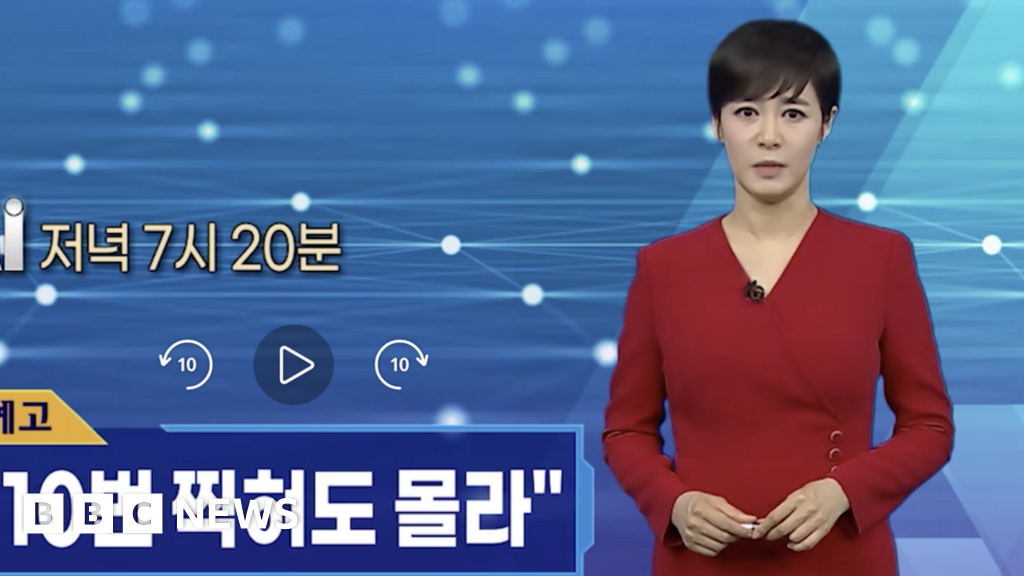Kpop Deepfakes: Inside The Secret World & Legal Battles
Are the digital shadows of our idols truly safe from the relentless gaze of malicious intent? The proliferation of K-Pop deepfakes, a disturbing phenomenon, casts a long, dark shadow over the industry, exploiting the faces and likenesses of beloved artists for illicit purposes, and the situation demands immediate attention and action.
The digital world, once a beacon of connection and creativity, has become a breeding ground for sophisticated deception. Deepfakes, powered by artificial intelligence and machine learning, have evolved beyond simple image manipulations. They now possess the ability to convincingly fabricate videos, placing the faces of celebrities onto the bodies of others, creating a false reality that is both disturbing and potentially damaging. This technology, initially a novelty, has quickly morphed into a potent tool for exploitation, with the K-Pop industry finding itself at the epicenter of this digital storm. The allure of these deepfakes, especially in the context of a global entertainment powerhouse, has captured the interest of many people, creating a complex issue that is difficult to address.
One of the most concerning aspects of this digital abuse is the targeting of young, often vulnerable individuals. This type of targeted abuse has been the subject of a great deal of research and public discussion, and it has drawn intense interest from governmental agencies and law enforcement organizations. These incidents show the broad implications of deepfake technology, with far-reaching effects on artists, fans, and the entertainment business as a whole. Such deepfakes, often sexual in nature, not only violate the privacy and dignity of the artists but also contribute to the normalization of harmful content, particularly for younger audiences.
The issue isn't merely theoretical; the tangible harm inflicted is becoming increasingly clear. Legal action is being taken by the entertainment companies to combat this dangerous trend. One such instance is the legal action taken by the agency representing the girl group Twice, JYP Entertainment, which declared its intent to confront the circulation of deepfake videos by issuing a statement on August 30th through the Twice fan app. Legal actions like these are crucial in sending a message that this behavior won't be accepted or tolerated, and also serves as a warning to people involved.
The severity of the problem is underscored by the fact that a significant number of individuals have been caught up in this illicit activity. Reports indicate that several individuals have been detained and referred to prosecutors, demonstrating the authorities' seriousness when dealing with the problem. In addition, police have apprehended many participants in chat rooms, underlining the extensive network involved in the dissemination of deepfake content. The arrests, in conjunction with Won's involvement, who posed as a man to track the sources, is an example of the determined attempts to combat these illegal actions.
The ease with which deepfakes can be created and spread makes the problem even more challenging. With the advent of advanced software based on artificial intelligence, such as Deepfacelab (DFL), generating these videos has become increasingly simple. This accessible technology has democratized the creation of deepfakes, putting powerful manipulation tools in the hands of anyone with access to a computer and the internet. The relative ease of access has led to a rise in the number of deepfakes, as well as the rapid growth of the online communities that produce them, making it even more difficult to regulate. Furthermore, these videos often circulate through various platforms, including social media, messaging apps, and specialized websites, resulting in broad exposure that is extremely difficult to control.
The Asian market, in particular, is seeing a rapid rise in the use of deepfakes, which is made worse by the fact that the editing techniques are also getting simpler. Additionally, the regulatory environment in this area can vary substantially from that of European nations, complicating the fight against illegal content distribution. Censorship laws and attitudes regarding internet material differ, resulting in difficulties in terms of legal enforcement and content removal. This complex interaction of technical advancements, cultural variables, and legal obstacles presents a serious problem for both authorities and industry professionals.
The exploitation is not only limited to the creation and distribution of deepfakes; it is also reflected in how these videos are consumed. Many websites cater specifically to deepfake pornography consumers, where idols are featured and ranked according to viewer popularity. This commercialization of digital abuse is a disheartening testament to the lengths some individuals are willing to go to for financial or personal gain. The existence of such platforms normalizes the exploitation of artists and reinforces the culture of objectification that deepfakes propagate. The need to combat these sites and the actions of deepfake creators is more pressing than ever.
The appearance of deepfakes on pornographic websites has also increased, with headlines that frequently have offensive words. These websites contribute to the spread of harmful content by hosting deepfakes, which in turn normalizes the violation of privacy and dignity. Deepfake producers are more willing to create sex tapes due to the growing popularity of these videos. There is a constant need to remain vigilant to avoid the proliferation of these illegal and damaging actions, as well as to protect the artists and audience.
It is important to understand the implications of this problem for stakeholders in the business, fans, and legislators. The repercussions of deepfakes extend far beyond the individual celebrities whose images are being used. The entertainment sector as a whole is affected, as deepfakes have an impact on the industry's reputation, financial stability, and talent management. The need for transparency and accountability is now higher than ever. Stronger regulatory frameworks, technological solutions, and educational programs are needed to effectively fight the menace of deepfakes and protect the artists from harm. The future of K-Pop and the whole entertainment industry is at risk if we don't address the issue.
The fight against deepfakes is a multifaceted undertaking that requires a coordinated response from many sectors of society. Technological advances, legal actions, and educational efforts are all critical components. While the creation of deepfakes is becoming easier due to artificial intelligence and machine learning algorithms, it is crucial to protect the rights and well-being of artists by employing countermeasures such as deepfake detection technologies. Additionally, strict censorship laws and the implementation of criminal penalties for producing or disseminating deepfakes are required to discourage the creation and spread of illegal content. Education is also essential. The general public must be educated on the dangers of deepfakes and the methods used to spot and report them. This will help to encourage a culture of respect and accountability in the digital realm.
The widespread distribution of deepfakes has raised major concerns about censorship and freedom of expression. The challenge lies in striking a balance between protecting artists and preventing illegal activity and upholding fundamental rights. Striking a balance between free expression and protecting people from fraud and harmful content is a difficult process. As a result, governments, businesses, and digital platforms must work together to develop solutions that protect both human rights and digital security.
The ongoing battle against deepfakes is a stark reminder of the ethical difficulties posed by technological innovation. By encouraging dialogue, implementing new regulations, and embracing novel technologies, the entertainment business and its consumers can take action to protect artists and the authenticity of artistic production in the digital age. The future of entertainment, and the safety of our digital interactions, depends on our ability to face this challenge head-on.



